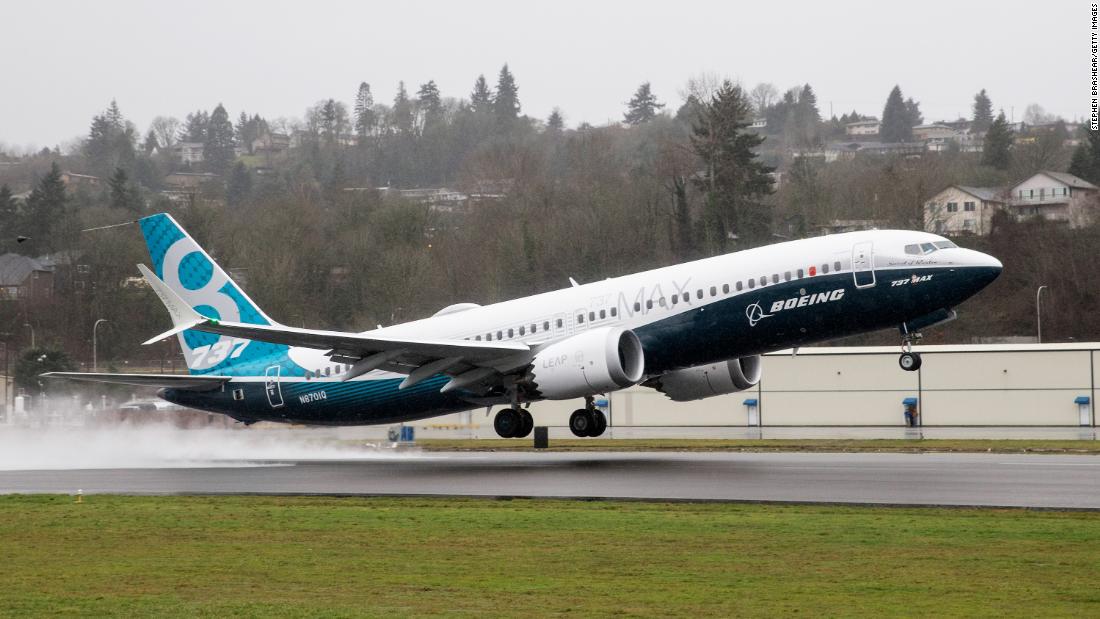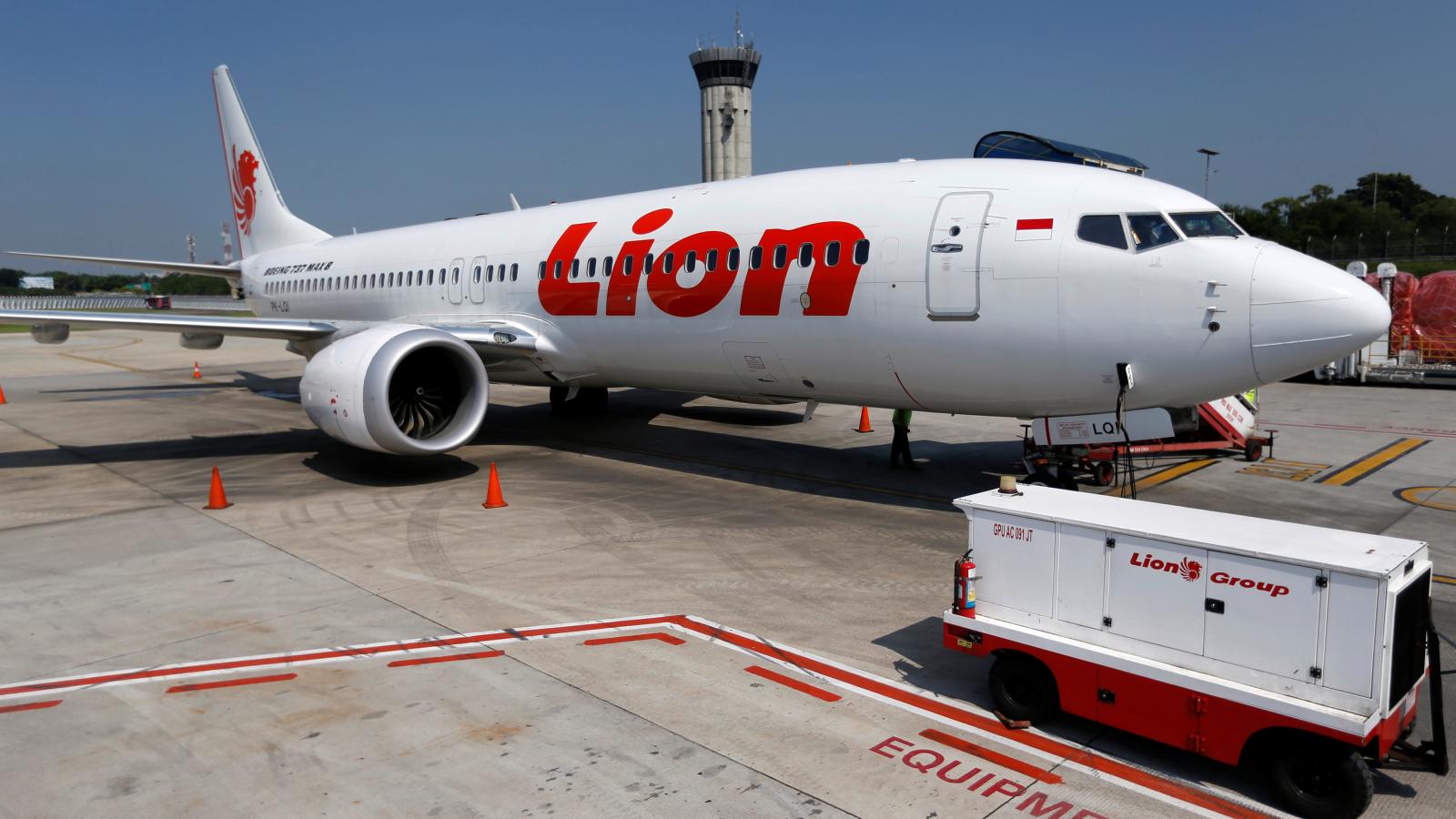Updated Information on the 737 MAX Crashes
As in most news and media releases, there is a lot of inconclusive reporting and speculation added to facts. Let’s set the record straight with updated, reliable information that has come out this week.

The FAA and Boeing
The FAA is the regulatory body that needs to sign off on the airworthiness of any airplane that will fly in the US. This could be a very lengthy process on a brand-new aircraft, since every detail and design feature must be tested and approved. One item they test for is redundancy (if one part breaks, the plane needs to operate on the backup part). This is crucial in a plane, less so in a car for example, since the car can pull over if a part malfunctions. We’ve seen engineering mistakes and a lack of redundancy as a factor in many crashes http://www.wheresmychampagne.com/influential-air-crashes-changed-aviation/
When the 737 MAX came out, it was not considered an all-new plane, but an update on previous 737 models. Therefore, the FAA used more lenient guidelines in testing the MAX models for airworthiness. Currently, we don’t know how much more relaxed this process was, but there’s a chance that the FAA missed testing all parameters of every system in the 737 MAX tests.
We do have access to some reports that say Boeing gave certain guidelines to the FAA and then released the plane with different operating characteristics. Boeing initially told the FAA that the MCAS computer could only manipulate the plane a small amount up and down, and in actuality the computers could move the plane more than 4 times what Boeing initially reported.
Issue #1 : Is Boeing at fault for releasing potentially incorrect information, or for changing the characteristics of the plane’s systems after the FAA approved airworthiness? Some say this is Boeing “cheating” to pass the tests, and that the FAA would have never approved the computers having the power to change the angles of flight as much as they can. Is the FAA at fault for not properly testing the full capabilities of the plane? Perhaps they took Boeing’s word on certain features and decided not to fully test the entire envelope? The agency could be stretched for time or manpower, or it could have outdated testing procedures. If the entire focus of the agency is to approve airworthiness of planes, something seems amiss in the 737 MAX review.
Boeing and Pilots
Boeing, as the manufacturer of the 737 MAX, is responsible for creating the flight manuals. While MCAS is included in the manuals, the explicit details of its operation and the entire potential operating parameters are excluded. Boeing is saying that including too much detail is not necessary for the pilots, as MCAS was only supposed to intervene in extreme situations. Any well-trained pilot should know how to overcome a stall. Pilot associations are not delighted with the lack of detail in the manuals, but we’ve now had numerous incidents where pilots have had MCAS intervene, and correctly overridden it. This has happened on four occasions in the US, and on the Lion Air flight the day before Lion Air 610 crashed.
Issue #2 : Is Boeing at fault for not including the full information in the manual? Is the FAA at fault for not requiring this level of detail before the plane is released? Why have some pilots been able to recognize MCAS engagement, and correctly disable it, while others have not?

The Airlines and Training and Maintenance
Maintenance, parts installation, and training are the responsibility of the airline, not the manufacturer. Different countries have different training guidelines and requirements. The US is among the strictest, while other countries allow pilots to fly with less hours (The US requires 1,500 hours, while the Lion Air co-pilot was flying with 350). Is this a factor in any of the crashes? The Lion Air flight the day before the crash was able to recover thanks to an off-duty pilot sitting in the jump-seat who recognized MCAS and intervened. The two on duty pilots did not know what to do. This suggests that the off-duty Lion Air pilot knew about MCAS and was either more experienced or better trained or both. The next day, the pilots of 610 were either not lucky, less well trained, or were not aware of MCAS.
MCAS uses two sensors to determine a stall. These were reported as faulty on two flights before Lion Air 610 and changed twice. Was the issue resolved? Or were the sensors still not functioning, therefore giving MCAS incorrect information. In normal flight, MCAS shouldn’t kick in at all. So why did it?
Where was the fail-safe redundancy on these sensors? As currently set up, MCAS reads only one sensor if the two sensors don’t match. Instead, it should shut off and send the pilots a warning that the data from the sensors isn’t the same. Where was the FAA on signing off on this?
After the Lion Air crash, Boeing sent out a bulletin to all operators with updated MCAS information. However, Ethiopian Airlines did not have a simulator for the 737 MAX until January 2019 (they only had a 737 NG simulator). In March 2019, an MCAS scenario was added to the simulator. Flight crews are required to go through simulator training every 6 months, so there is a possibility the crew never trained on the MCAS system in the MAX simulator.
Issue #3 : Why are some pilots able to recognize MCAS and deal with it appropriately? At first, airlines were claiming that they never knew about MCAS and it was never included in Boeing’s guides. Yet plenty of pilots knew about it and operated accordingly. So, is this a situation where some pilots are too inexperienced to deal with the full range of operations (they are great at flying straight and in nice weather, but anything else and their lack of experience shows?). Or did Lion Air not get around to training some pilots on the new plane yet? What about training guidelines at Ethiopian? Could those pilots never have trained on a 737 MAX?
Issue #4 : What role does potentially improper maintenance and broken sensors play in MCAS? Is the system at fault for doing what it’s supposed to do (saving the plane for a stall), if it’s reading incorrect info? And why was MCAS not tested with safety redundancies in the first place?
What I Think Will Play Out
Air crashes are never the result of one factor, but a string of events and issues that come together under extreme circumstances. I don’t think we’ll see the blame placed on one body here but spread across numerous factors. Let’s also keep in mind that a full analysis of the data from Lion Air 610 has not yet been completed, and that we have minimal information on Ethiopia 302 as of this writing.
Boeing will need to provide all the details for MCAS in manuals and provide a more comprehensive roll out of the system. With the system update that went out to airlines for installation this week, we see that MCAS has slightly reduced parameters, so that it will make less drastic control changes and be easier to override. Boeing, legally, may not be at fault, but it will have to reimburse airlines for the costs of groundings, and its reputation regarding the 737 MAX won’t be as bulletproof as before. Boeing’s argument that well-trained pilots know how to prevent a stall will stand, as we’ve seen it in flight, but airlines will see that as pushing blame on to them.
The FAA will be probed for lackadaisical approval procedures, and all updates to planes may have to go through the same process as new models. There will be more oversight into the interactions between the regulatory bodies and the manufacturers, both in the US and abroad.
Certain airlines will come under fire for questionable maintenance practices (why did Lion Air 610 fly while rated not airworthy?) and requirements for pilot training will become more stringent, especially outside the US.

Well stated!
what do the read-outs of instrumentation tell us ; engine speed,hydraulic pressure at or immediately after loss of radio contact? So far all attention has been given to the auto pilot system. Would you please address these issues?
Respected sir
I am Dr Suhail
I love boeing 737 max
I would like to travel in Boeing for every flight stationary to show the world that this flight is air worthy
I am simple man if ur 737 max deserve world wide air worthy and u are confident I would like to travel
God bless all
Let us live to live happy
We are the world we are the people making world
With my due respect to All
Dr Suhail
Respected sir
I am Dr Suhail
I love boeing 737 max
I would like to travel in Boeing for every flight stationary to show the world that this flight is air worthy
I am simple man if ur 737 max deserve world wide air worthy and u are confident I would like to travel
God bless all
Let us live to live happy
We are the world we are the people making world
With my due respect to All
Dr Suhail
I will NEVER fly a MAX.
I will NEVER be convinced that this plane will EVER be safe.